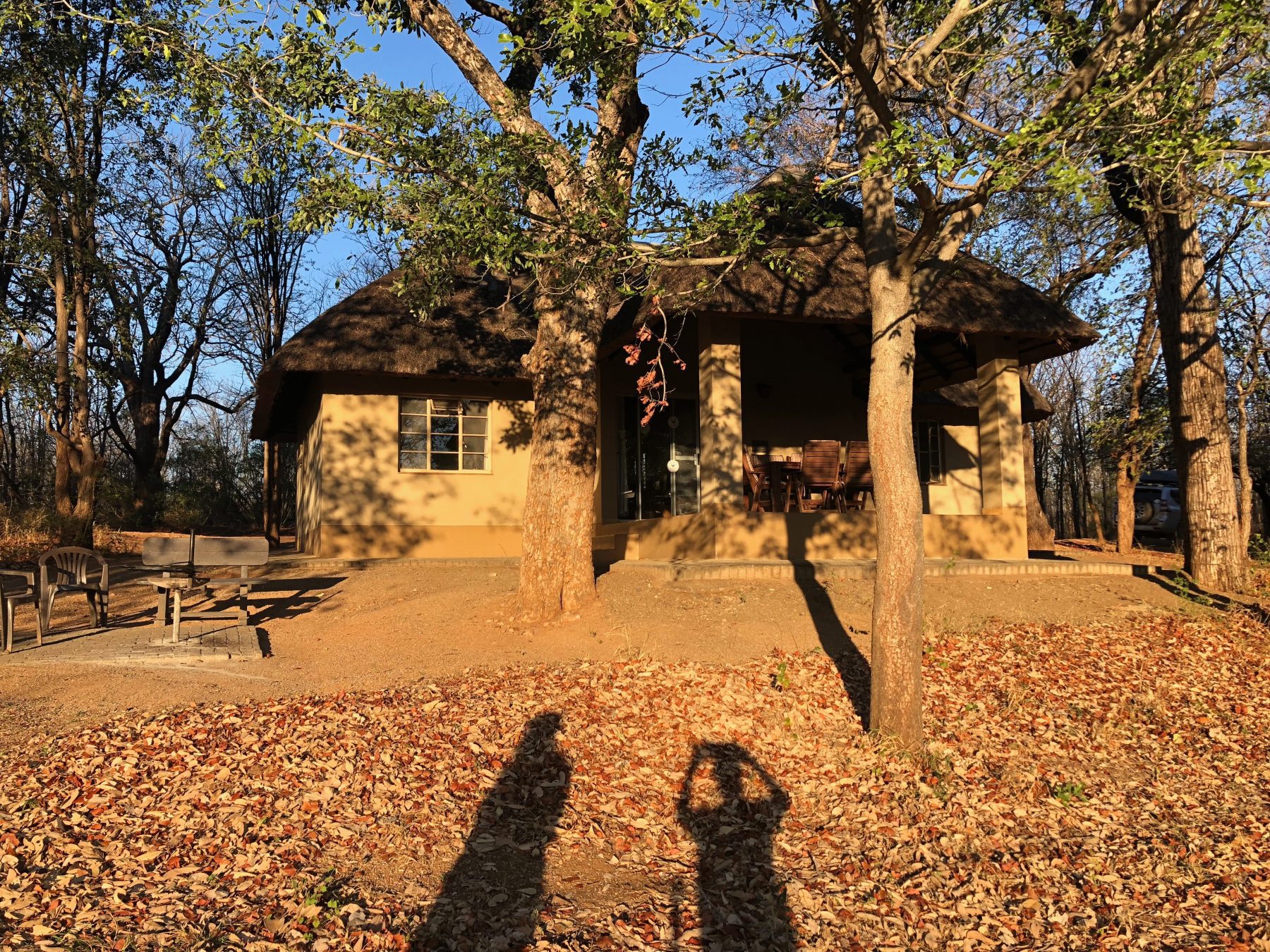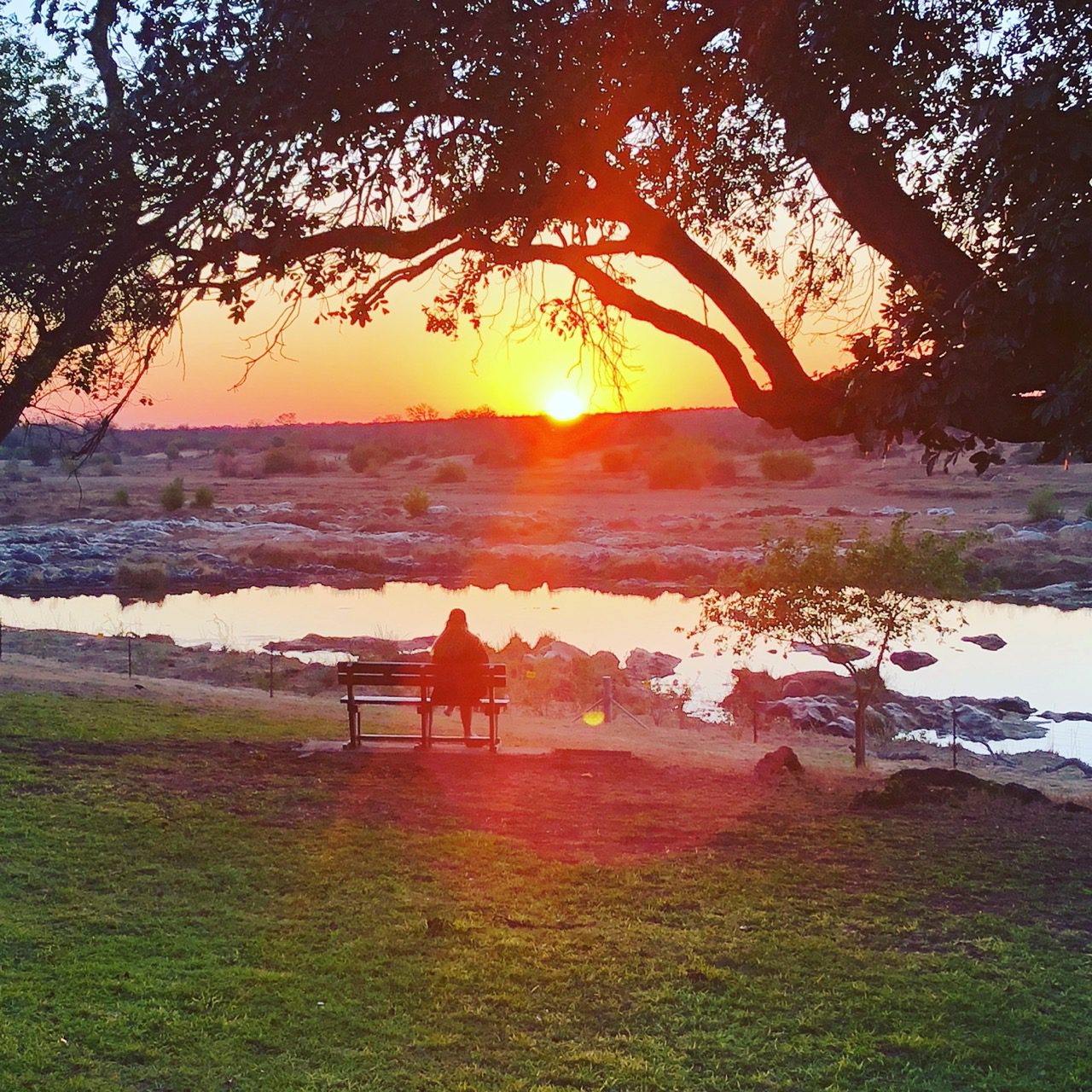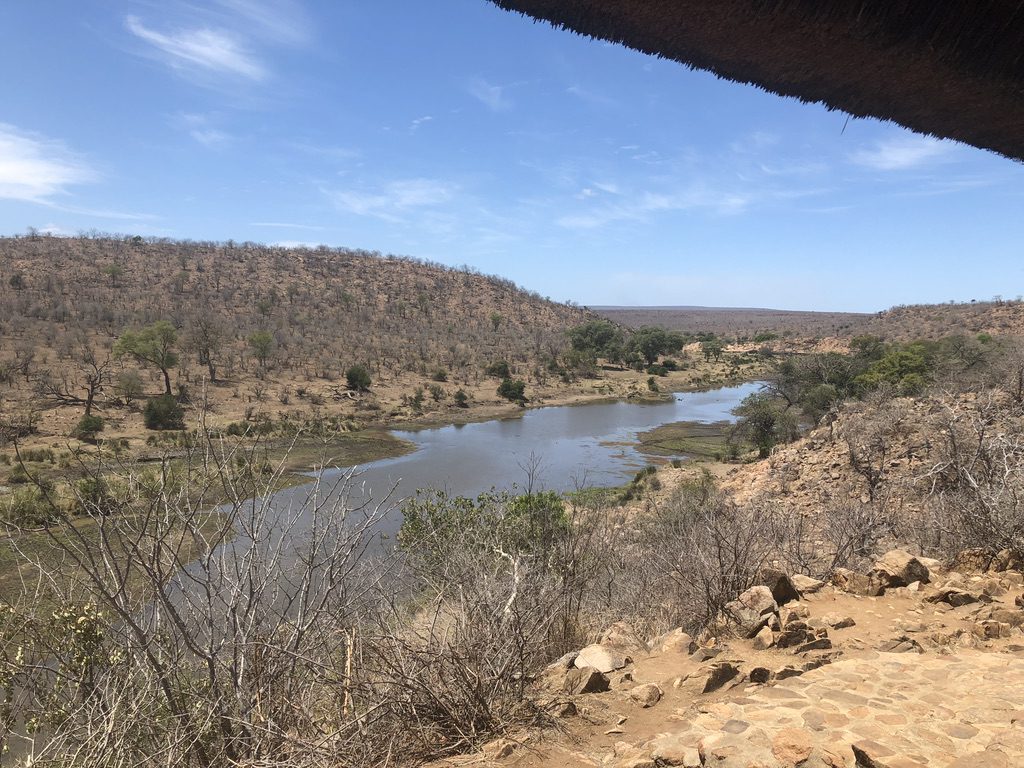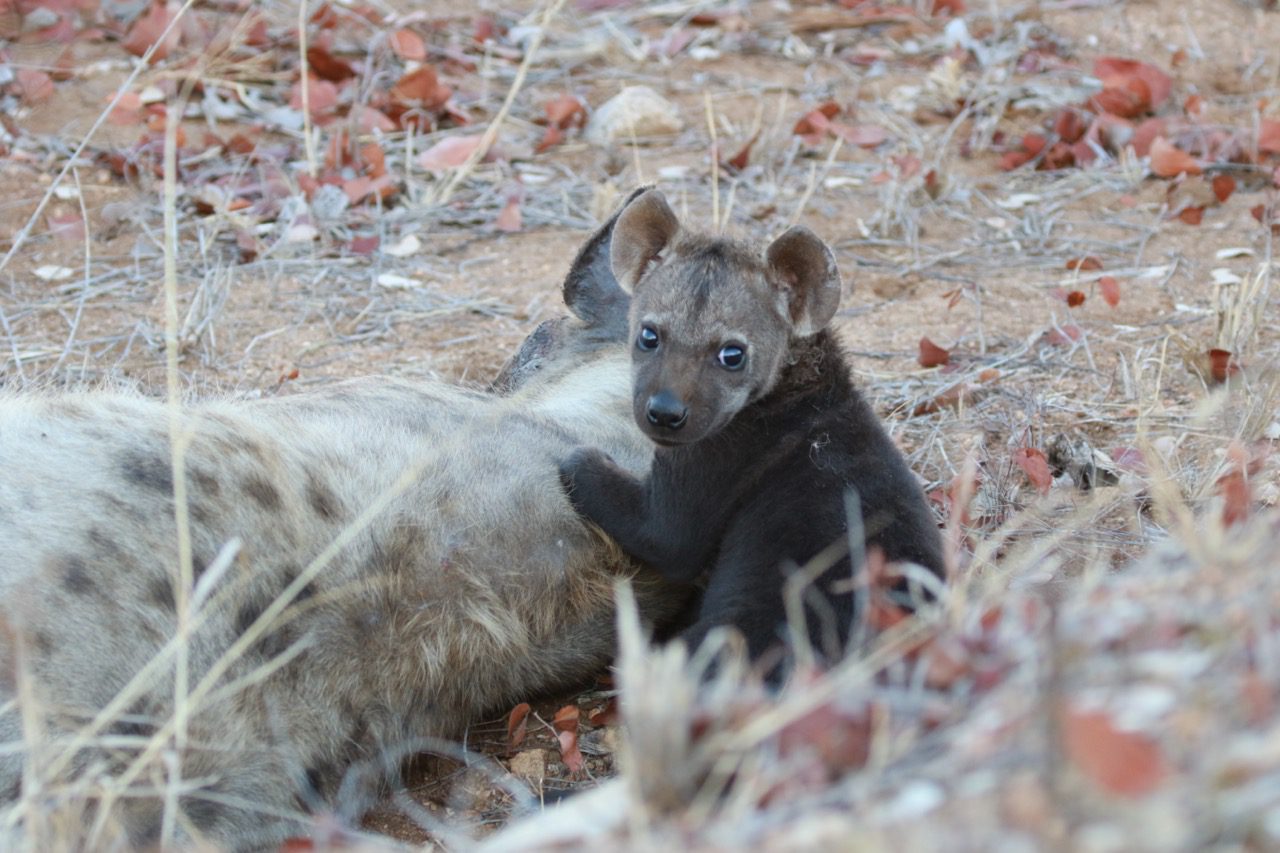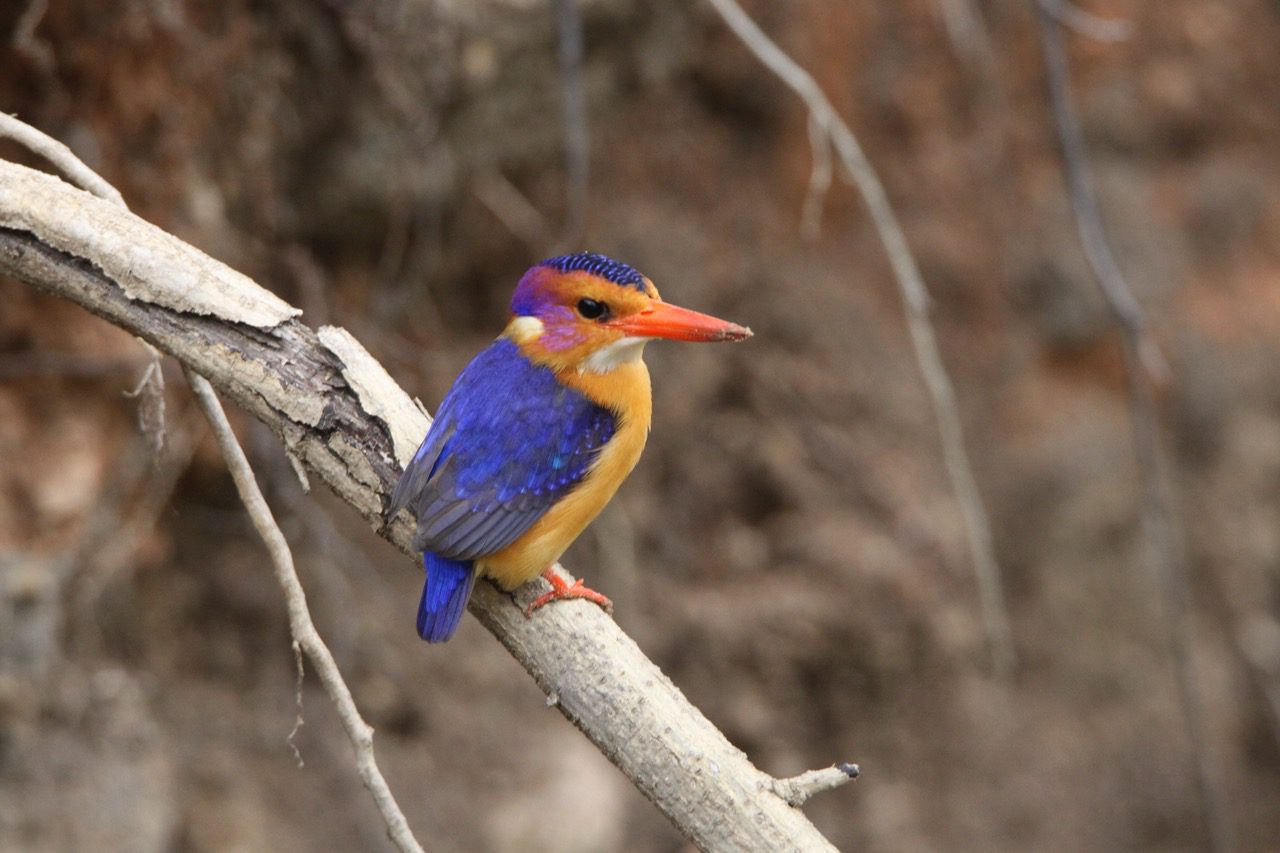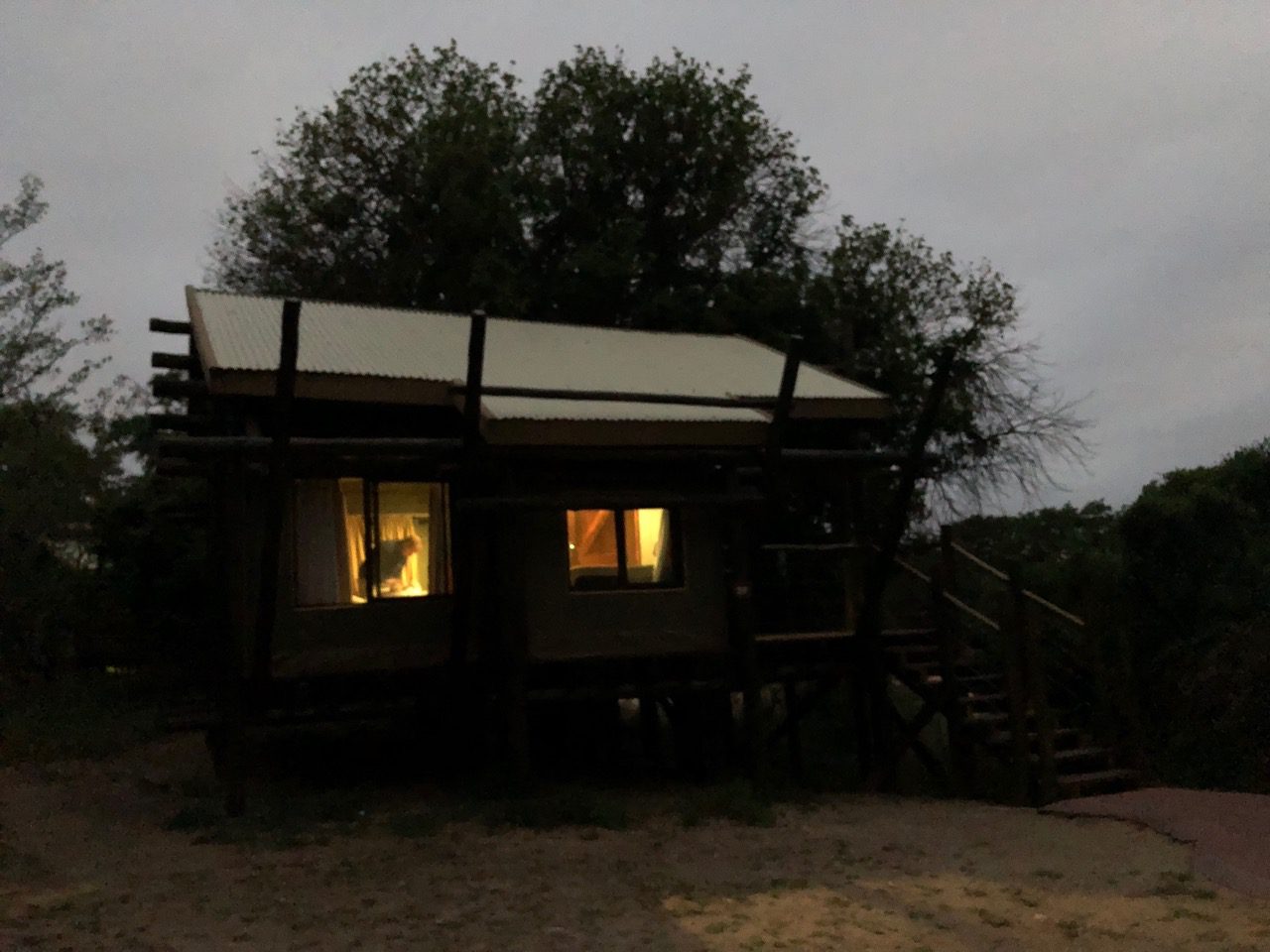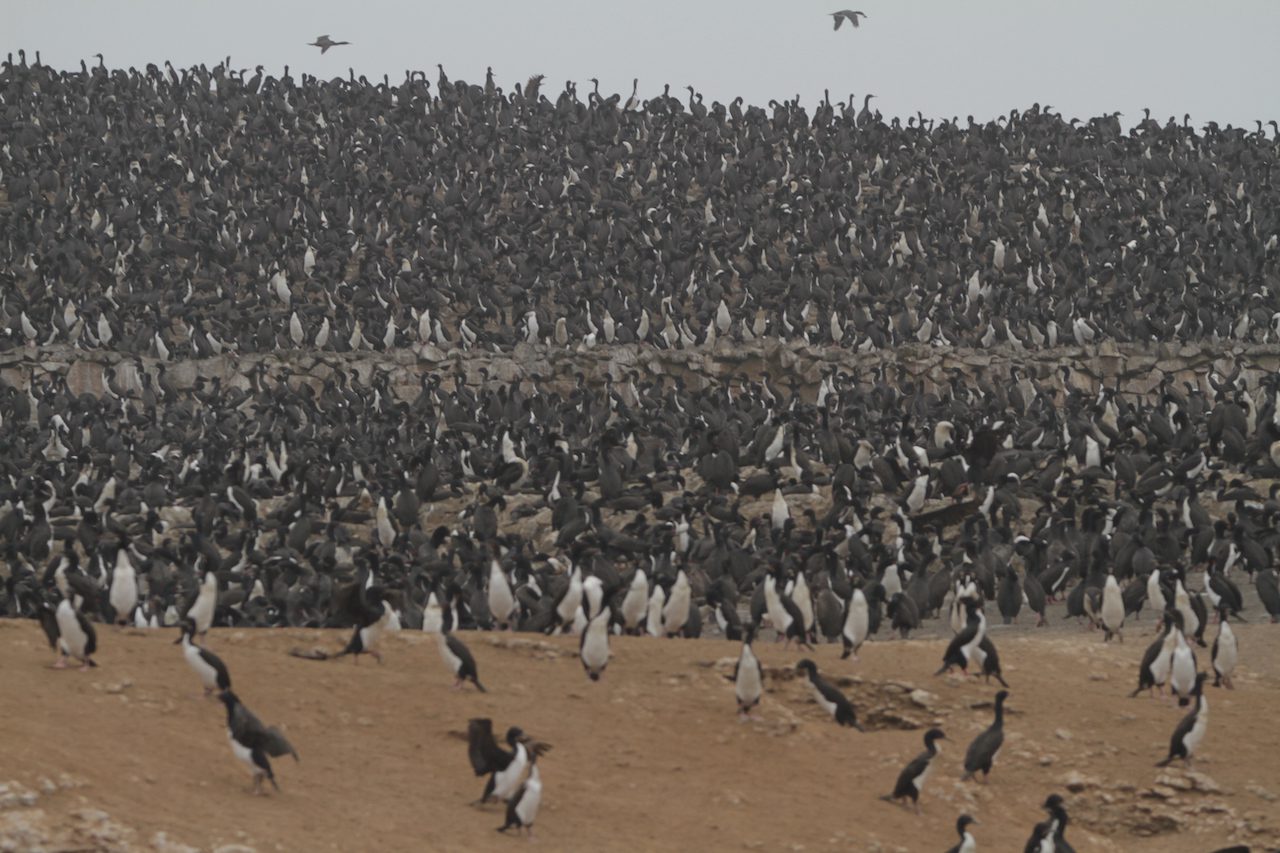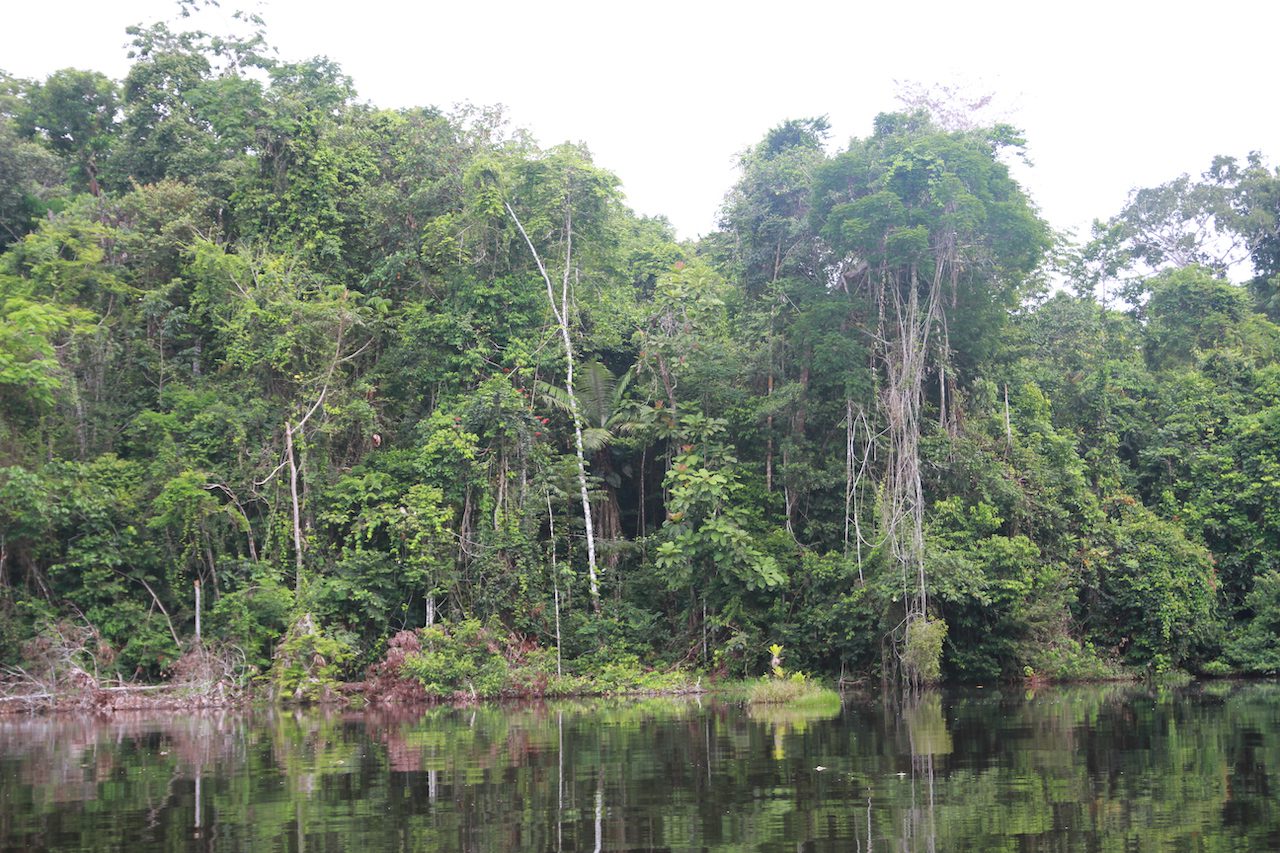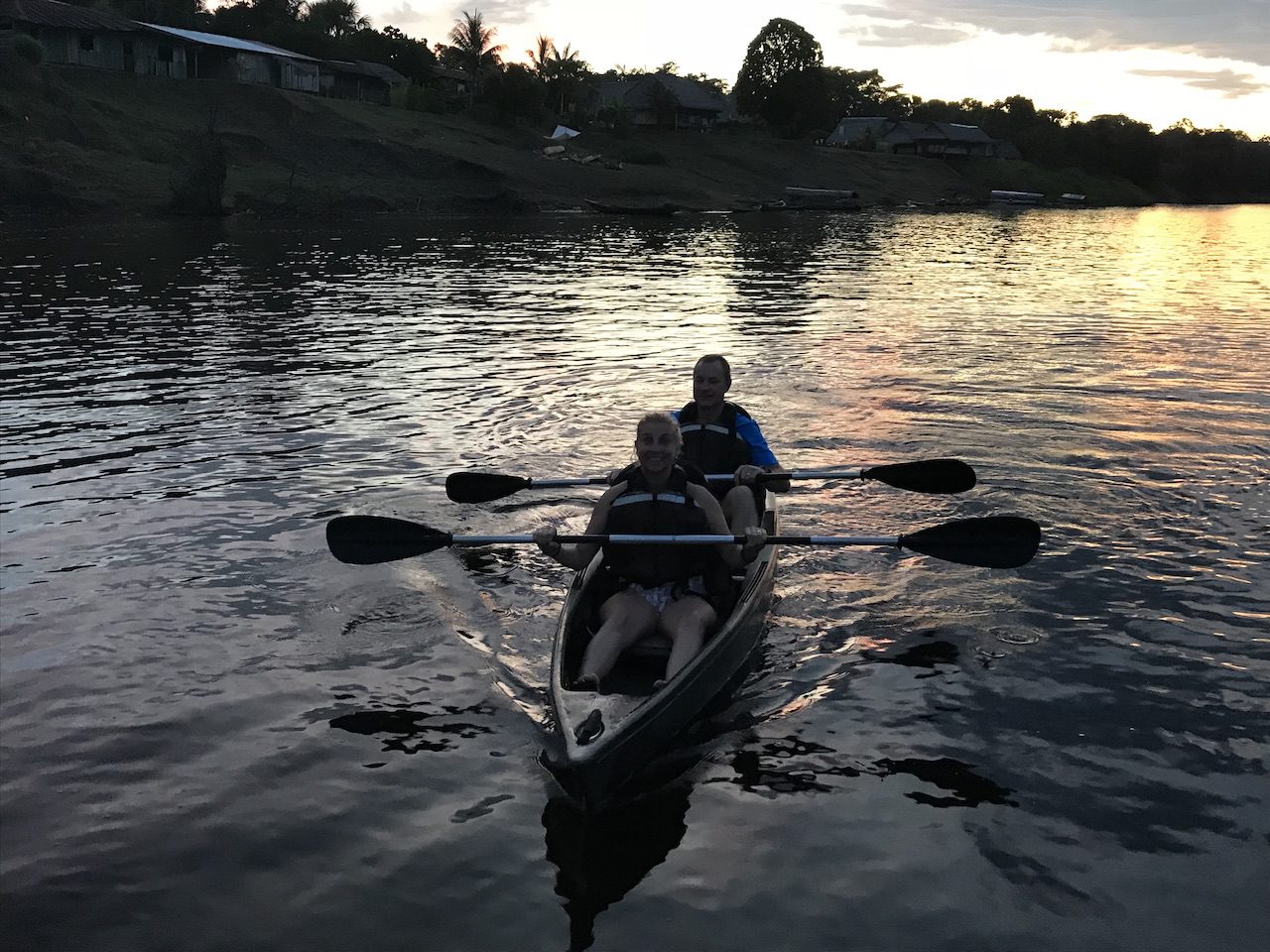SA: Kruger National Park – Sirheni Camp
Sirheni Bushveld Camp nestles on the edge of the Kruger National Park’s northern plains within the Mopane veld of the region. The Mphongolo River, lies next to the camp. The accommodation facilities and the camp’s two bird hides overlook the river and a wide variety of game and birds are attracted to it. Visitors have been awakened to the sounds of lion and hyena, as there are often kills at the river. Sirheni has a resident leopard that is seen on a regular basis, often coming down to drink at the river.

